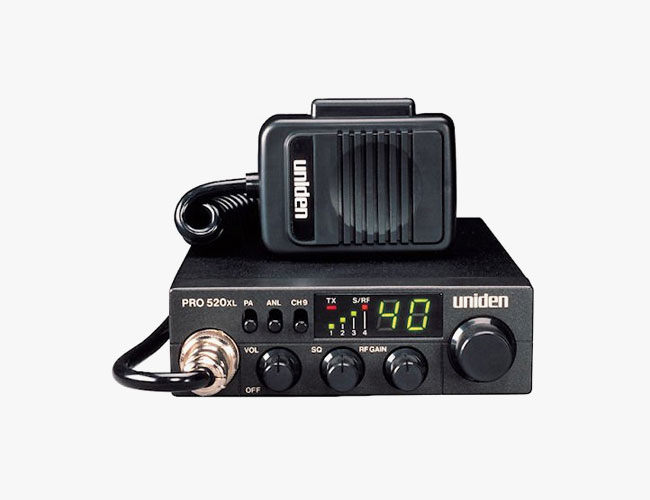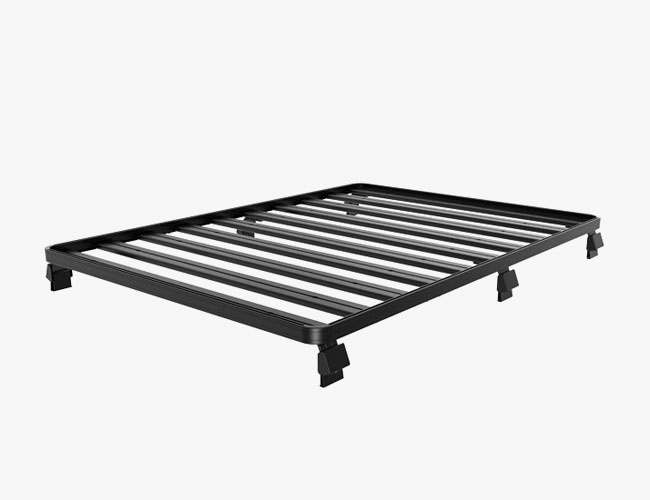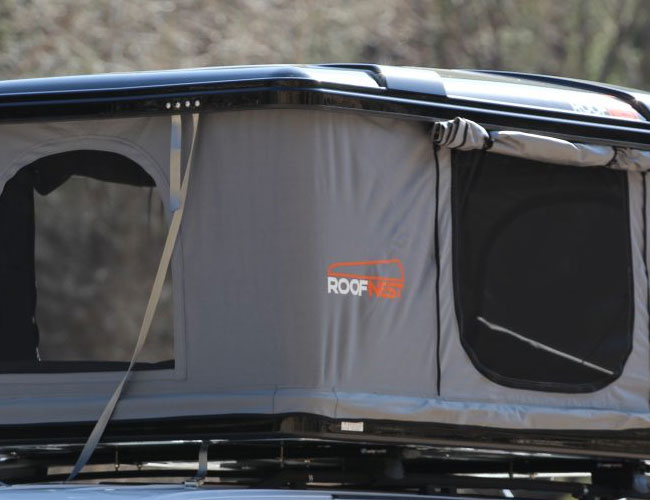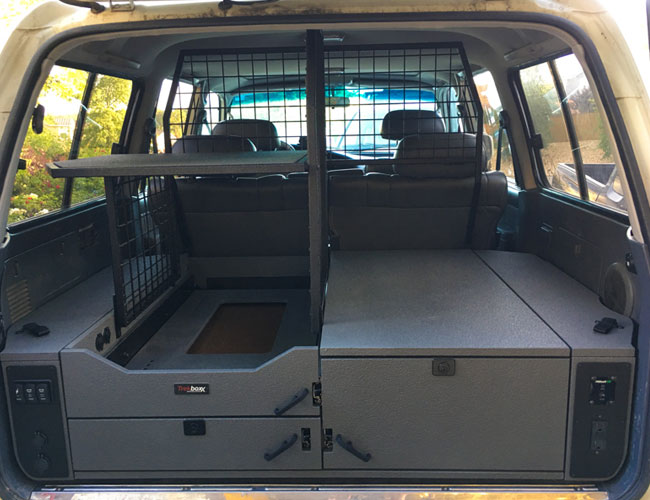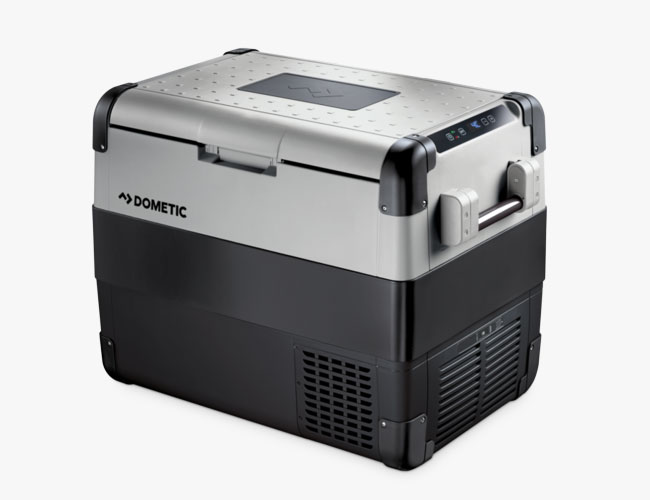Four years ago, a middle-aged Bostonian of average build drove off in my 2007 Jeep Wrangler Sport. I didn’t report him to the police, though I desperately wanted to sound the alarm. Had I called the Boston PD, the conversation would have gone something like this:
“Bahston police depahtment, what is your emergency?”
“My car’s been stolen… well, not really stolen – someone bought it. I think I made a terrible mistake, though, and I want it back.”
“So this person paid you?”
“Yes”
“And you both signed all the necessary papahwork to transfah the title?”
“Yes”
“And you willfully handed ovah the keys?”
“Yes”
“…Take a hike, bud.”
Instead of wasting a good officer’s time, I just watched my big red rig disappear. Two weeks later, I moved back to California, home of some of the best off-road terrain on the planet. I’d spent two years and $18,000 customizing my Wrangler. No doubt, the modified truck would have tamed SoCal’s deserts and mountains just as easily as it had the Northeast’s muddy, overgrown trails — but I never gave it the chance. It was the right call.
My Wrangler was a beast off-road, but a complete pain at all other times. Skid plates, rock sliders, and steel bumpers made it supremely heavy and difficult to maneuver in a city. A three-inch suspension lift and 35-inch tires cut fuel economy to just nine combined mpg. The two-door body style was great for scampering over rocks, but afforded little cargo and passenger space. It was time for something more practical, and, as my aging bones demanded, more comfortable.
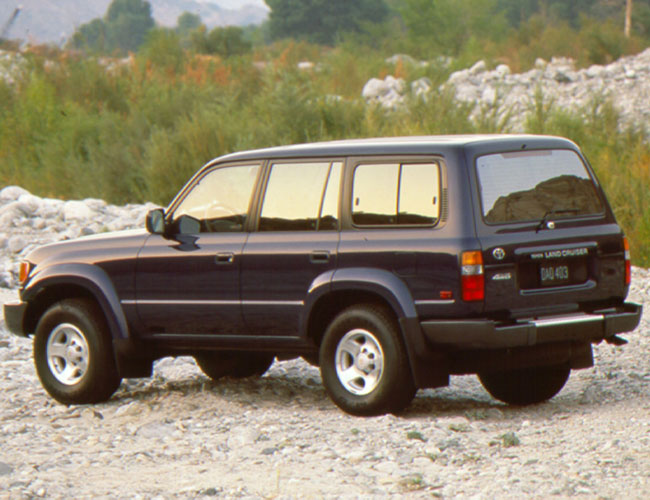
This past winter, when the itch for an overlanding vehicle became unbearable, I took up the search for a versatile, reliable and timelessly cool companion. Though I’d considered a Jeep Cherokee, Toyota Tacoma, and Toyota 4Runner, the FZJ80 Series Toyota Land Cruiser (produced from 1993-1997) seemed the most well-rounded 4×4 for my budget of $10K. With plenty of room for four adults (up to seven can fit with the middle and rear jumper seats filled), a large cargo area, a bulletproof inline six-cylinder engine, permanent four-wheel drive and about a million aftermarket accessories, I was ready to live the Cruiser life.
In March of this year, my Craigslist trolling churned up a 1994 example with 129,000 miles (a baby by Land Cruiser standards) and two simple modifications – a Pioneer audio head unit and LED fog lights. Careful inspection of the bodywork, service history, interior condition, wiring, tread wear and engine revealed only minor issues. This was the one.
After addressing some of the Cruiser’s maintenance needs, I took the old girl out for some exercise on both paved and unpaved terrain. Bone stock, the truck is supremely capable and effortless to drive — a winning combination for its intended use as an adventure enabler. Still, the desire to build on the Cruiser’s OEM platform is strong. After a thorough investigation, these are the initial modifications I have planned for my 1994 Toyota Land Cruiser.
Note: prices noted were accurate at time of publish.
Capability & Safety
Uniden Pro520xl CB Radio
I could spend money lifting the Cruiser, beefing up its tires, adding locking differentials and increasing its approach angle (and I probably will one day), but the smarter first step is to invest in recovery gear and safety equipment. A must-have for any seeker of the roads less traveled is a CB radio. Uniden’s Pro520xl is a favorite among overlanders for its 40-channel reach, instant channel nine access for emergency calls, PA capabilities and affordability. If and when the time comes when you need help, you don’t want to be at the mercy of cell phone coverage.
Traction Jack Recovery Kit
After a CB radio, the next most important safety-related purchase is some recovery gear. Tow/winch points, recovery straps, a shovel, a hi-lift jack and a winch are all good ideas, but the simplest and arguably the most effective tool for solo explorers is a set of Traction Jacks. When you’re stuck on a trail, just whip out these folding poly-composite planks and wedge them in front or behind the trapped wheel(s). Integrated grips give you the traction required to roll out of a sticky situation and get to your goal.
Exterior
Front Runner Outfitters Slimline II Roof Rack
There’s no shortage of racking systems to fit the 80 Series Land Cruiser, but none are as modular or user-friendly as Front Runner’s Slimline II system. Built from corrosion-free aluminum with a weather-resistant black powder coating, this full-length rack is rated to carry up to 660 pounds. Standard or tall gutter mount legs give owners the choice of optimal aerodynamics or easier access under the rack for securing gear. Individual slats can be added or removed to make space for a sunroof, accommodate any of Front Runner’s 25 accessories, or to create a completely solid base. This really is the do-it-all racking platform and a perfect mate for my next accessory…
Roofnest Eagle Roof Top Tent
I’ve been sleeping in a tent on the ground for almost three decades, and that’s enough time to know there are better ways to camp. Rooftop tents are one of the easiest and most comfortable ways to get a good night’s sleep while on the trail, and hard shell variants have further advantages. Most big-name hard shell tent manufacturers charge about $4,000 for their products, but start-up Roofnest offers the same features and styling for half that. Of particular interest is the new Eagle model, which can comfortably accommodate two adults and a child. A 2.3-inch foam mattress, aerodynamic fiberglass shell, gas-strut raisers, telescoping ladder, and weatherproof tent material combine for an ideal home away from home.
Interior
Trekboxx System Alpha Drawers
After saving a bit of money on the rooftop tent, I can binge on a high-quality storage system. Trekboxx builds a custom-fit, modular arrangement for 80 Series Land Cruisers that they claim will outlast your truck. Specifics of the Alpha system include Accuride drawer slides, a full cargo barrier, shelf, and fridge barrier system, one shallow drawer, one full-size drawer and coating for all in UV stable color-matched LINE-X. Additional accessories like a worktable, outlets, and switches can be added based on your needs, but the standard system is impressively tidy and well built.
Dometic CFX 65W Electric Cooler
Filling that spot in your sophisticated new drawer system should be Dometic’s latest 65-liter cooler. The CFW 65W is an efficient refrigeration unit with deep freeze capability (down to negative degrees Fahrenheit), solar power operation, auxiliary USB charging, stainless steel construction, LED interior lighting and a Wi-Fi app to program cooling temperature. This is one advanced cooler and a great buy for those who explore for days or weeks at a time. Heck, just using this thing for grocery runs sounds appealing.


